Iomega, Zip Drive
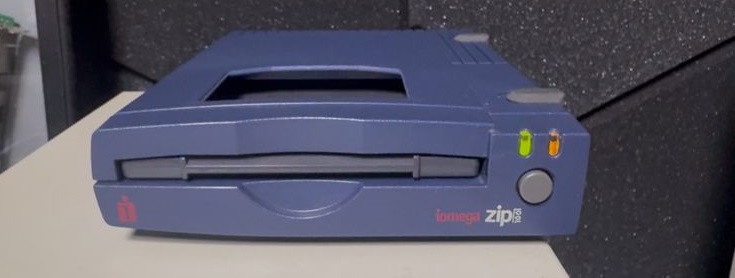
ZIP Drive: The 1990’s storage revolution, a failed unit, and the rescue using a sealed NOS (new old stock) drive
In the 1990s, storing large volumes of data was a major challenge for home and professional users. In that context, Iomega introduced the ZIP Drive in 1994, delivering 100 MB per disk, a massive improvement compared to the 1.44 MB floppy disks widely used at the time.
Source: https://www.computerhistory.org/revolution/memory-storage/8/260
The ZIP Drive became popular for being portable, reliable, and relatively fast for its era, seeing adoption in areas such as graphic design, engineering, and data backup.
My ZIP Drive that stopped working
Nearly 30 years later, one of my original ZIP Drives developed a mechanical/electrical failure and stopped operating. Like other magnetic storage devices of the time, ZIP Drives were vulnerable to failures such as:
- motor and head mechanism wear
- magnetic media degradation
- intermittent read errors
- the infamous Click of Death, a widely documented hardware failure in Iomega ZIP drives
Source: https://www.pcmag.com/encyclopedia/term/click-of-death
Although my unit did not present the classic Click of Death pattern, the drive was no longer spinning disks and was not recognized by the system, making data access impossible.
The turning point: finding a sealed NOS ZIP Drive
The breakthrough came when I found a 100 MB Iomega ZIP Drive in NOS condition (New Old Stock), factory sealed and never used. This detail is technically meaningful because unused legacy hardware typically avoids:
- mechanical wear
- thermal cycling stress on components
- head contamination caused by long term use
- motor degradation due to prolonged operation
After unboxing, I connected the drive to my IBM Aptiva system, a contemporary platform from the same era. The result:
- the drive powered up with no abnormal noise
- the eject mechanism worked flawlessly
- the disk was detected and read successfully
- a 1990s ZIP disk was accessed in 2025 without errors
I documented the entire process in video, including:
- sealed ZIP Drive unboxing
- physical condition inspection
- installation in the IBM Aptiva
- successful read of an original ZIP disk
📹 Watch the full process on YouTube:
👉 Opening a sealed ZIP Drive (YouTube)
Photo records
Documented material includes:
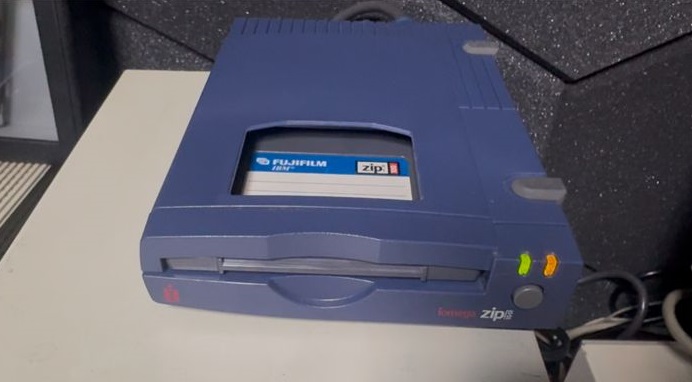
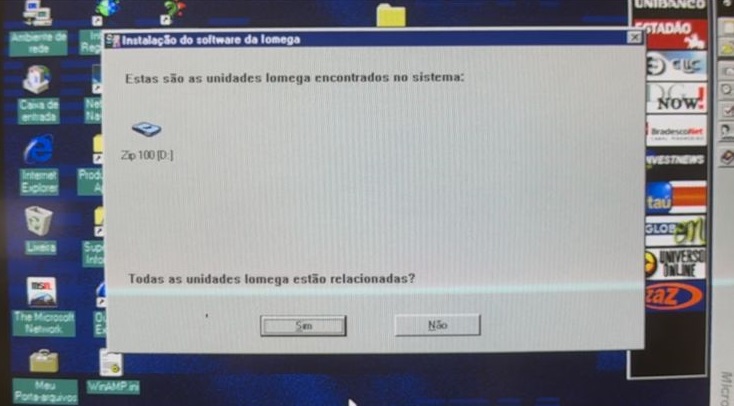
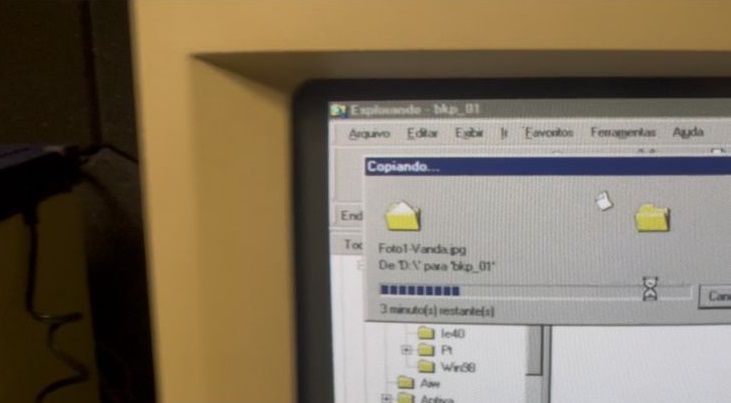

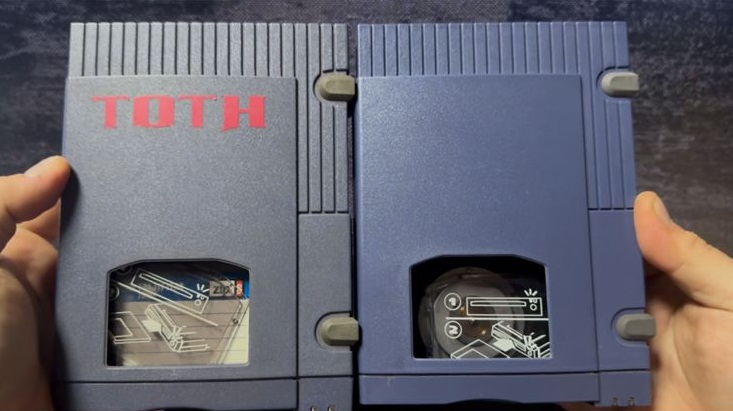
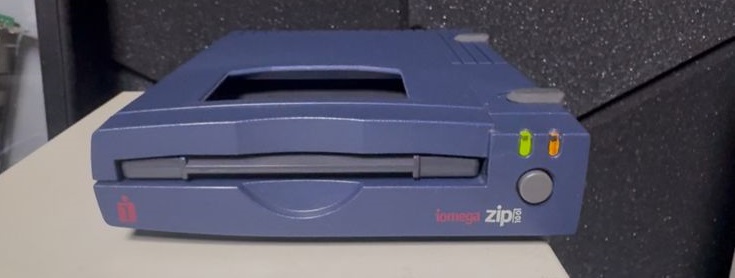
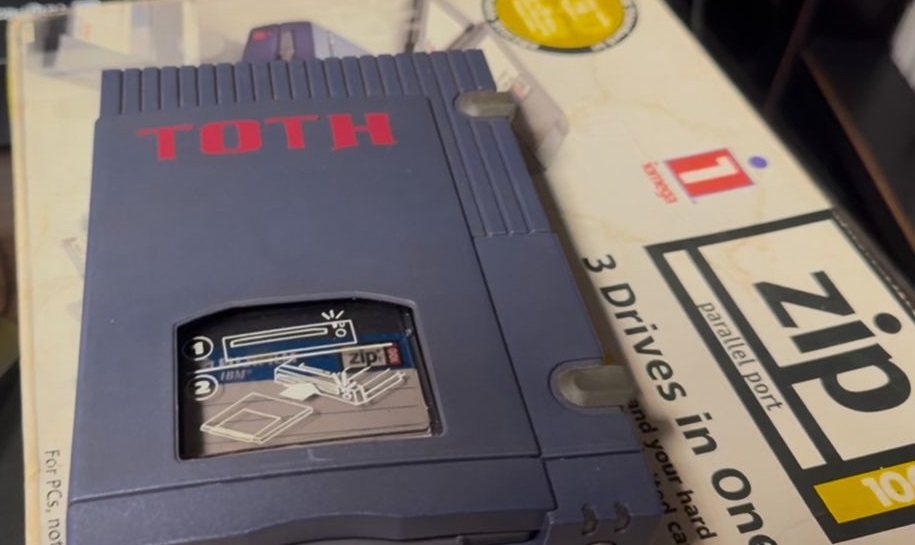
Lessons from 30 year old hardware in 2025
Even in the era of NVMe, PCIe 5.0 SSDs, and cloud storage, some technical principles remain solid:
- The longevity of magnetic media depends more on storage conditions than time itself
Source: https://www.loc.gov/preservation/care/mag_tape.html - Low usage can result in better preservation than constant operation, especially in devices with motors and moving heads
- Retro computing preservation is not nostalgia, it is the conservation of operational technological history
- Proprietary media may last decades, but becomes increasingly dependent on scarce hardware
Conclusion
Reviving an inoperative ZIP Drive using a sealed NOS replacement was more than nostalgia, it was a demonstration of digital preservation in practice.
And witnessing a 1990s disk being read in 2025 is a remarkable proof of hardware resilience when conditions align.
If you experienced the era of floppy disks, parallel ports, SCSI, IBM Aptiva systems, CD R backups, and ZIP disks, you know the value of this moment.
Let’s talk!
Did you use ZIP Drives back in the 1990s or 2000s?
Have you experienced the Click of Death or similar failures?
Do you still own ZIP disks or drives today? Share your story in the comments!


